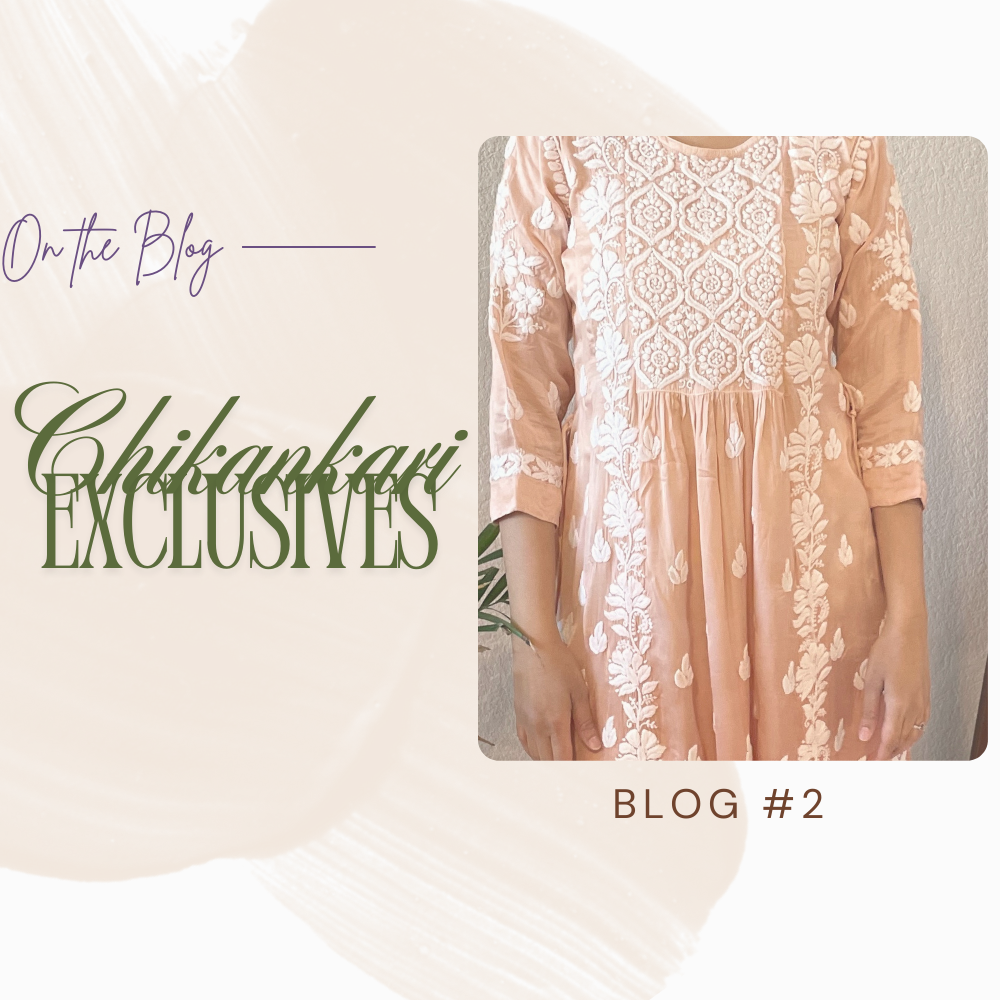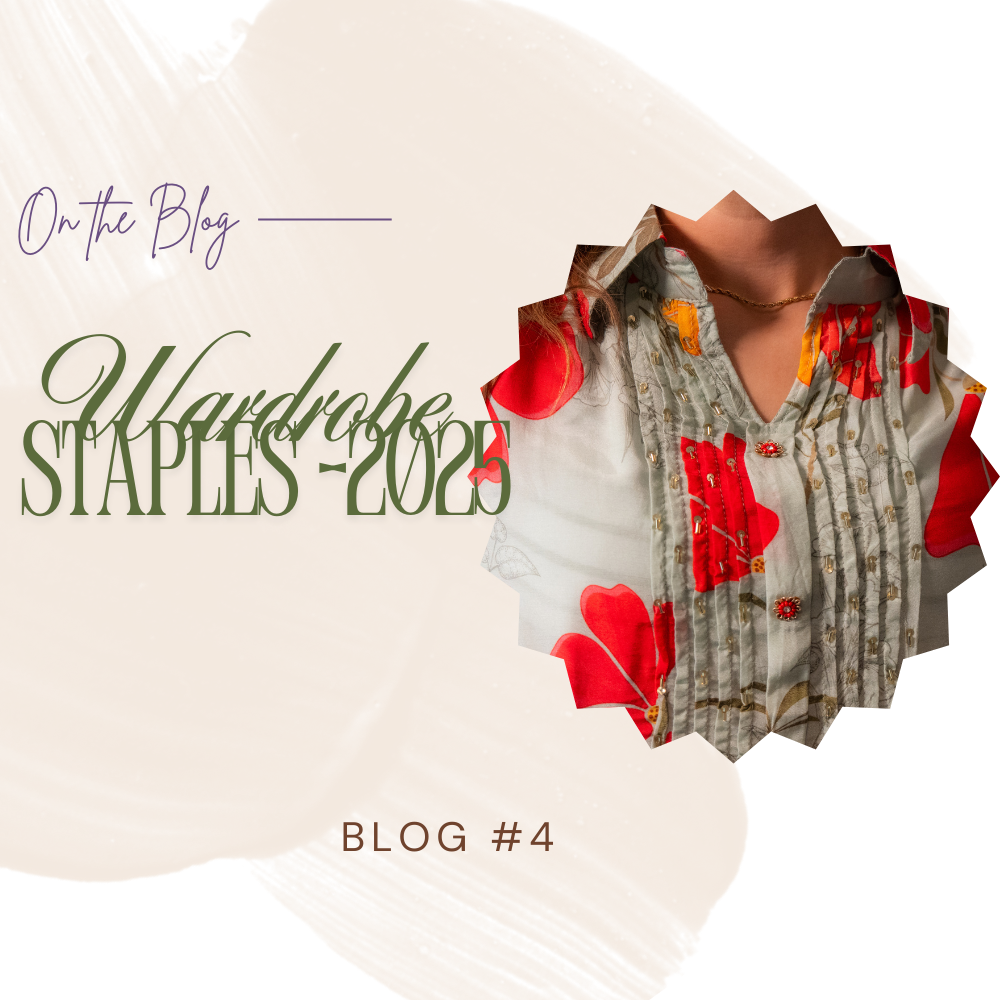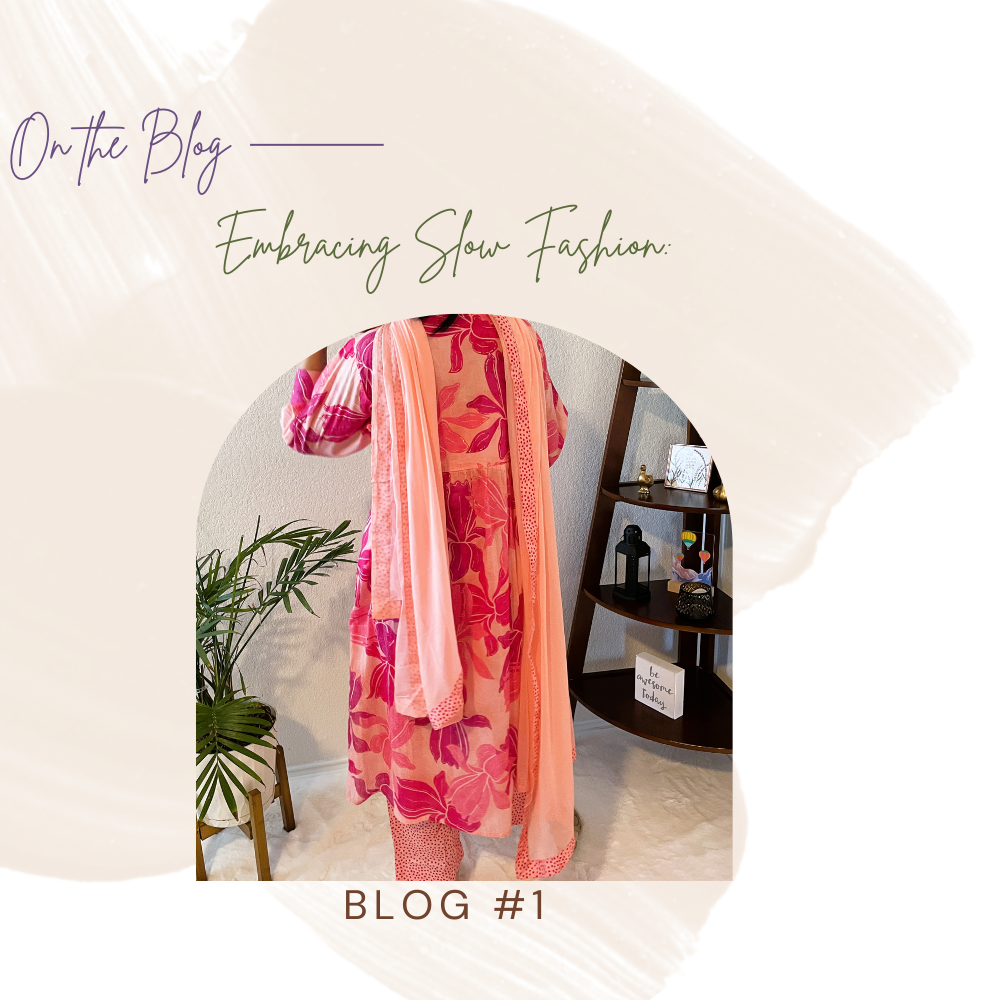
Chikankari: The Timeless Beauty of Lucknowi Work

Chikankari: The Timeless Beauty of Lucknowi Work
Chikankari, often referred to as Lucknowi work, is a traditional embroidery style that originated in Lucknow, India. This intricate and delicate craft has a rich history that dates back to the Mughal era and has since evolved to become a beloved aspect of the global fashion industry. The art of Chikankari is celebrated for its ethereal beauty and intricate detailing, making it a timeless choice for Indian kurtas and kurtis.
Historical Background
The history of Chikankari is steeped in legend and cultural heritage. It is believed that the craft was introduced to India by Persian nobles during the Mughal period. The word "chikan" is derived from the Persian word "chakeen," which means "creating delicate patterns on fabric." The craft quickly gained popularity among the Mughal aristocracy, and Lucknow became the epicenter of this beautiful embroidery work.
Chikankari was initially made of muslin, a fine cotton fabric, using white thread. The motifs were inspired by Mughal art, with floral patterns, vines, and paisleys being the most common designs. Over time, the craft evolved to include a broader range of fabrics, such as silk, chiffon, and georgette, incorporating colored threads and embellishments.
The Craftsmanship of Chikankari
The process of creating Chikankari is labor-intensive and requires great skill and precision. The first step involves block printing the design on the fabric using wooden blocks dipped in washable ink. The wooden blocks provides a guideline for the embroiderers to follow. The embroidery is then done by hand, using a variety of stitches to create the intricate patterns. Some common stitches used in Chikankari include the backstitch, chain stitch, and shadow work stitch.
The beauty of Chikankari lies in its subtlety and elegance. The intricate patterns are created with fine threads, giving the fabric a delicate and graceful appearance. The craft has been passed down through generations, with artisans in Lucknow continuing to practice and perfect this traditional art form.
Evolution in the Fashion Industry
Over the years, Chikankari has transcended its traditional roots to become a versatile and sought-after element in the fashion industry. Designers and fashion enthusiasts worldwide have embraced this exquisite craft, incorporating it into contemporary and fusion wear.
One of the most popular ways to showcase Chikankari is through Indian Kurtas and Kurtis. These garments perfectly exemplify how traditional craftsmanship can be blended with modern fashion sensibilities. Chikankari kurtas and kurtis are often paired with palazzos, leggings, or skirts, making them suitable for casual and formal occasions.
The versatility of Chikankari has also led to its incorporation into other fashion items, such as sarees, lehengas, and even Western wear, such as dresses and tops. The timeless beauty of Lucknowi work has made it a favorite among brides, with many opting for Chikankari ensembles for their wedding trousseau.
Sustainable and Ethical Fashion
In recent years, there has been a growing awareness of the importance of sustainable and ethical fashion. Chikankari's emphasis on handcrafted, slow fashion aligns perfectly with these values. By supporting Chikankari artisans, we help preserve this traditional craft and promote fair wages and safe working conditions.
Many fashion brands are now collaborating with Chikankari artisans to create collections that celebrate the beauty of this craft while promoting sustainability. By choosing Chikankari, consumers can enjoy timeless and elegant fashion while contributing to a more ethical and sustainable fashion industry.
Chikankari, or Lucknowi work, is a testament to India's rich cultural heritage and craftsmanship. Its timeless beauty and intricate detailing have made it a beloved element in the fashion industry, particularly in Indian kurtas and Indian kurtis. As we continue to embrace sustainable and ethical fashion, Chikankari remains a shining example of the enduring appeal of traditional craftsmanship.




